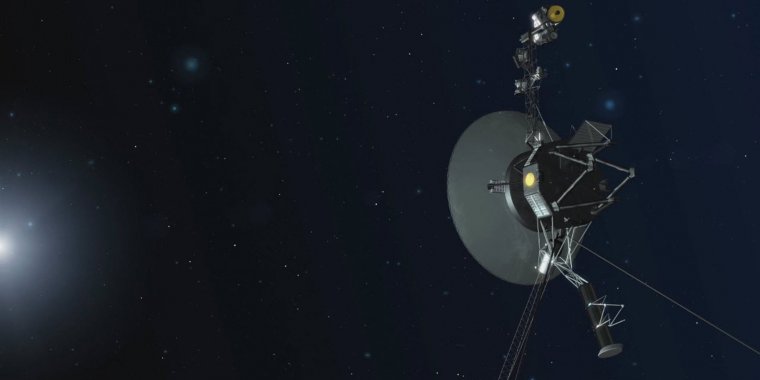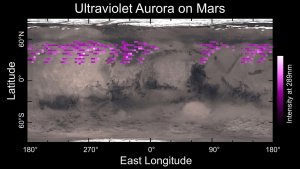| News / Space News |
Voyager 1 Fires Up Thrusters After 37 Years
A set of thrusters aboard the Voyager 1 spacecraft successfully fired up Wednesday after 37 years without use.

The Voyager team is able to use a set of four backup thrusters, dormant since 1980. They are located on the back side of the spacecraft in this orientation. Credit: NASA/JPL-Caltech
Voyager 1, NASA's farthest and fastest spacecraft, is the only human-made object in interstellar space, the environment between the stars.
The spacecraft, which has been flying for 40 years, relies on small devices called thrusters to orient itself so it can communicate with Earth. These thrusters fire in tiny pulses, or "puffs," lasting mere milliseconds, to subtly rotate the spacecraft so that its antenna points at our planet. Now, the Voyager team is able to use a set of four backup thrusters, dormant since 1980.
In the early days of the mission, Voyager 1 flew by Jupiter, Saturn, and important moons of each. To accurately fly by and point the spacecraft's instruments at a smorgasbord of targets, engineers used "trajectory correction maneuver," or TCM, thrusters that are identical in size and functionality to the attitude control thrusters, and are located on the back side of the spacecraft.
But because Voyager 1's last planetary encounter was Saturn, the Voyager team hadn't needed to use the TCM thrusters since November 8, 1980. Back then, the TCM thrusters were used in a more continuous firing mode; they had never been used in the brief bursts necessary to orient the spacecraft.
On Tuesday, Nov. 28, 2017, Voyager engineers fired up the four TCM thrusters for the first time in 37 years and tested their ability to orient the spacecraft using 10-millisecond pulses.
The team waited eagerly as the test results traveled through space, taking 19 hours and 35 minutes to reach an antenna in Goldstone, California, that is part of NASA's Deep Space Network.
On Wednesday, Nov. 29, they learned the TCM thrusters worked perfectly -- and just as well as the attitude control thrusters. The plan going forward is to switch to the TCM thrusters in January. (NASA)
YOU MAY ALSO LIKE





